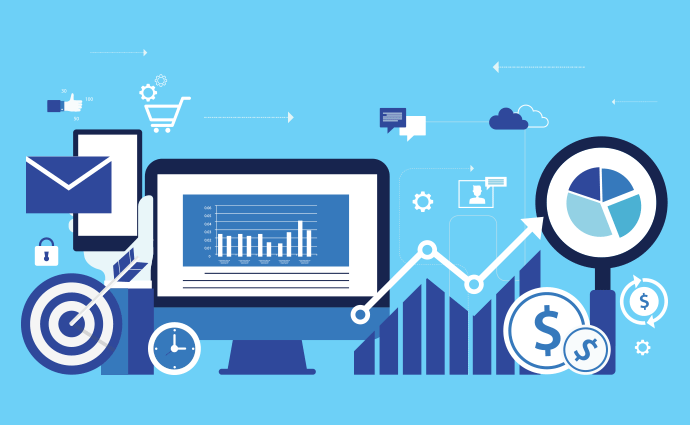Predictive Analytics
Predictive analytics is one of the most commonly used AI technologies, with applications in a range of industries. What is predictive analytics, and how does it work? In simple terms, predictive analytics uses data to predict future outcomes. For example, predictive analytics can be used by financial institutions to predict whether a transaction is fraudulent. The technology can also be used by manufacturers to predict future consumer demand. How the technology achieves accuracy in these predictions is where predictive analytics gets really interesting. It all starts with data. Predictive analytics technologies use data from multiple sources. In fact, the best predictive analytics tools use as many relevant data sources as possible. At its most basic form, the system can then use statistical algorithms to make predictions based on the data it has assessed.

























